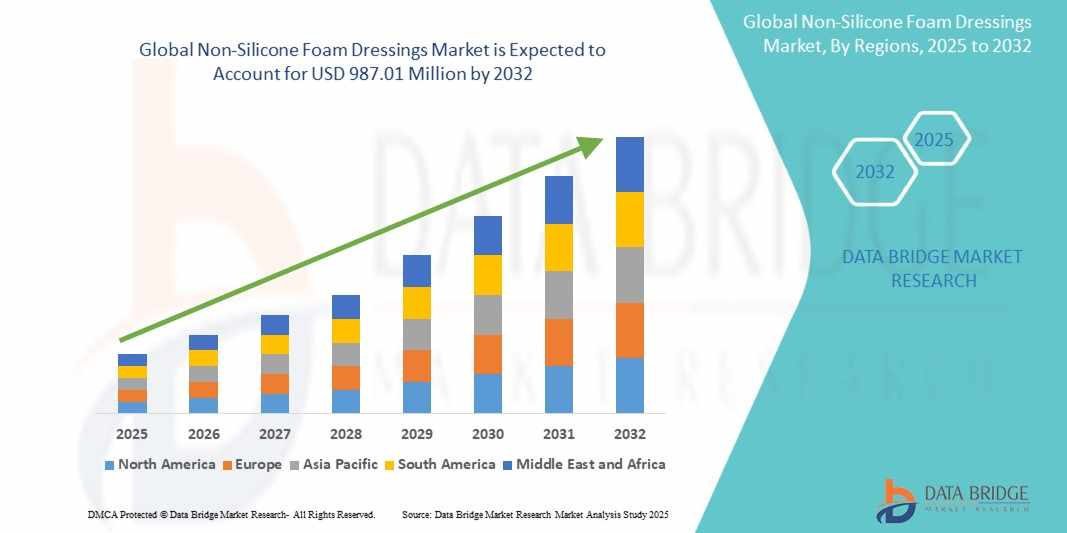
The global wound care market continues to evolve with the rising need for efficient, cost-effective, and innovative dressings. Among these, non-silicone foam dressings have emerged as a promising alternative to traditional silicone-based products. Designed to manage exudate, protect wounds, and promote healing without the use of silicone adhesives, these dressings are increasingly favored in various healthcare settings. With an emphasis on patient comfort, cost reduction, and compatibility with sensitive skin, non-silicone foam dressings are gaining attention across hospitals, clinics, and home care environments.
Full Details Report: https://www.databridgemarketresearch.com/reports/global-non-silicone-foam-dressings-market
Introduction
Non-silicone foam dressings are composed of polyurethane or hydrophilic foam materials that absorb wound exudate while maintaining a moist environment conducive to healing. Unlike silicone-based dressings, they avoid silicone adhesives, making them more suitable for patients with silicone allergies or sensitive skin. These dressings are widely used for managing pressure ulcers, diabetic foot ulcers, venous leg ulcers, and post-operative wounds.
These products offer key benefits, such as non-traumatic removal, superior absorption, cost-effectiveness, and broad compatibility with secondary dressings or fixation tapes. The expanding population of patients with chronic wounds and the increasing demand for advanced wound care solutions are key drivers of market interest.
Trends
Several notable trends are shaping the development and demand for non-silicone foam dressings. One major trend is increased demand for hypoallergenic and skin-friendly dressings. With a growing geriatric population and rising incidences of chronic wounds, there's a greater need for products that reduce skin trauma and discomfort during dressing changes.
Another trend involves the shift towards cost-effective alternatives in wound care. Healthcare providers are increasingly favoring non-silicone dressings due to their lower cost compared to silicone-based options. Additionally, non-silicone foam dressings are often more compatible with budget-conscious healthcare systems, particularly in emerging economies.
Technological innovation is also playing a key role. Manufacturers are introducing dressings with enhanced exudate management, antimicrobial properties, and improved conformability. Some dressings are now integrated with bioactive compounds or antimicrobial layers that further promote healing and reduce infection risk.
Sustainability is a growing concern in medical product development, and many producers are exploring eco-friendly materials and packaging solutions for non-silicone dressings. This trend aligns with global initiatives to reduce medical waste and improve the environmental footprint of healthcare products.
Market Size
The non-silicone foam dressings market has shown steady growth in recent years, reflecting a broader expansion in the advanced wound care sector. The market is currently valued in the range of USD 500 to 700 million globally, depending on segmentation and regional inclusion.
This segment is expected to grow at a compound annual growth rate (CAGR) of 5% to 7% over the next five years, driven by increasing demand in both developed and emerging economies. North America and Europe currently hold a significant share of the market due to their well-established healthcare systems and early adoption of advanced wound care technologies.
Asia-Pacific is emerging as a high-growth region, supported by rising healthcare investments, a growing elderly population, and a surge in diabetes-related complications. Countries like China, India, and Japan are expected to experience the fastest growth, making them key focus areas for manufacturers and investors.
Latest Trending Reports:
Global Internet of Things (IoT) Healthcare Market
Global Single-Cell Genome Sequencing Market
Global Meter Sockets Market
Global Alcohol Ingredients Market
Global Digital Inverter Market
Market Share
In terms of market share, hospitals dominate the end-user segment, accounting for over 40% of total demand, as they manage a large volume of both acute and chronic wounds. Home healthcare and outpatient settings are growing rapidly, especially with the trend of patients being discharged earlier and continuing wound care at home.
Key players in the market include Mölnlycke Health Care, Smith & Nephew, ConvaTec Group, Coloplast, and Hartmann Group. These companies are focusing on expanding their product portfolios with non-silicone options and investing in R&D to improve performance and usability.
Private-label and local manufacturers are also gaining traction in cost-sensitive markets, contributing to a fragmented competitive landscape. While large players dominate premium segments, regional brands are expanding access and affordability across middle-income countries.
Growth Drivers
Several factors are fueling market growth. The first is the rising global incidence of chronic wounds, especially among diabetic and elderly populations. As chronic wounds require long-term management, there's a consistent need for high-performance dressings that are both effective and economical.
Second, there's a rising awareness among healthcare professionals about the benefits of non-silicone dressings. With growing clinical evidence supporting their efficacy in wound healing, more practitioners are recommending these products, particularly for patients with adhesive sensitivities.
Third, government initiatives to improve wound care standards in public healthcare facilities are playing a role in market expansion. Subsidies, reimbursement programs, and procurement policies are increasingly favoring cost-effective wound care solutions, including non-silicone foam dressings.
The expansion of telemedicine and remote care has also contributed to demand for user-friendly dressings that can be applied by non-professionals or caregivers. Products designed for easy handling and minimal training are seeing increased adoption in homecare settings.
Demand Landscape
The demand for non-silicone foam dressings is expected to rise steadily, supported by growing patient awareness and improvements in healthcare delivery. With the emphasis on preventing hospital-acquired infections (HAIs) and reducing patient discomfort, non-silicone dressings are gaining preference in high-risk care environments.
There is also a noticeable increase in demand from ambulatory surgical centers and long-term care facilities, where budget constraints and a high volume of wound care cases create a favorable environment for non-silicone options.
The need for multi-layered foam dressings with antimicrobial properties is growing, especially in cases of infected wounds or wounds at high risk of infection. This has led to an increase in R&D efforts and product innovation, especially among companies targeting the hospital segment.
Future Insights
Looking ahead, the non-silicone foam dressings market is poised for robust growth fueled by innovation, affordability, and expanding application areas. As clinical guidelines evolve to recommend personalized wound care solutions, non-silicone dressings will find a broader role in care protocols.
Artificial intelligence (AI) and digital wound monitoring systems are expected to play a role in optimizing dressing changes and reducing healing times, further increasing reliance on high-quality foam dressings that provide consistent performance.
Strategic partnerships between manufacturers and healthcare providers may also shape the future of the market. Joint ventures focused on product development, clinical trials, and educational outreach will contribute to more widespread adoption.
Emerging economies will be the epicenter of growth, offering opportunities for new market entrants and regional expansion by existing players. Companies focusing on affordable, locally produced dressings that meet international standards will have a competitive edge.
Overall, non-silicone foam dressings are no longer niche alternatives but are becoming essential components of modern wound care. As the market matures and patient needs continue to diversify, these dressings will play a vital role in shaping the next generation of advanced wound care solutions.
About Data Bridge Market Research:
An absolute way to forecast what the future holds is to comprehend the trend today!
Data Bridge Market Research set forth itself as an unconventional and neoteric market research and consulting firm with an unparalleled level of resilience and integrated approaches. We are determined to unearth the best market opportunities and foster efficient information for your business to thrive in the market. Data Bridge endeavors to provide appropriate solutions to the complex business challenges and initiates an effortless decision-making process. Data Bridge is an aftermath of sheer wisdom and experience which was formulated and framed in the year 2015 in Pune.
Contact Us:
Data Bridge Market Research
US: +1 614 591 3140
UK: +44 845 154 9652
APAC : +653 1251 975
Email:- corporatesales@databridgemarketresearch.com

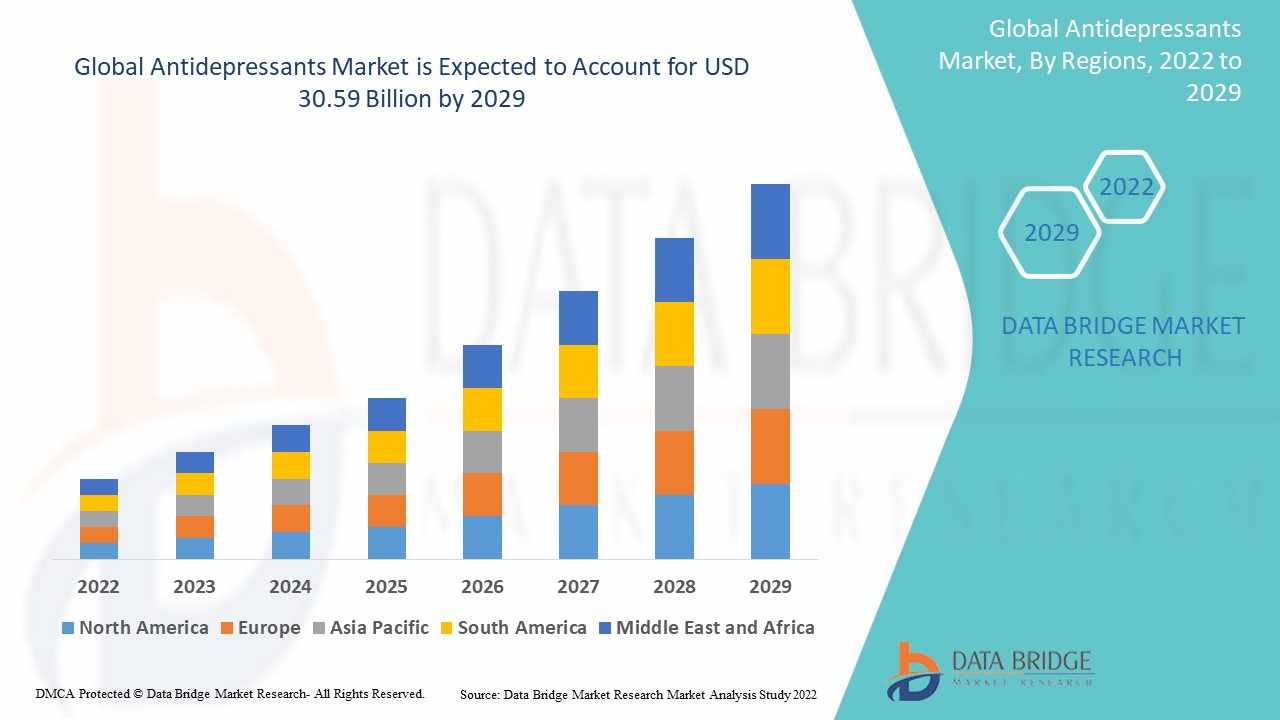
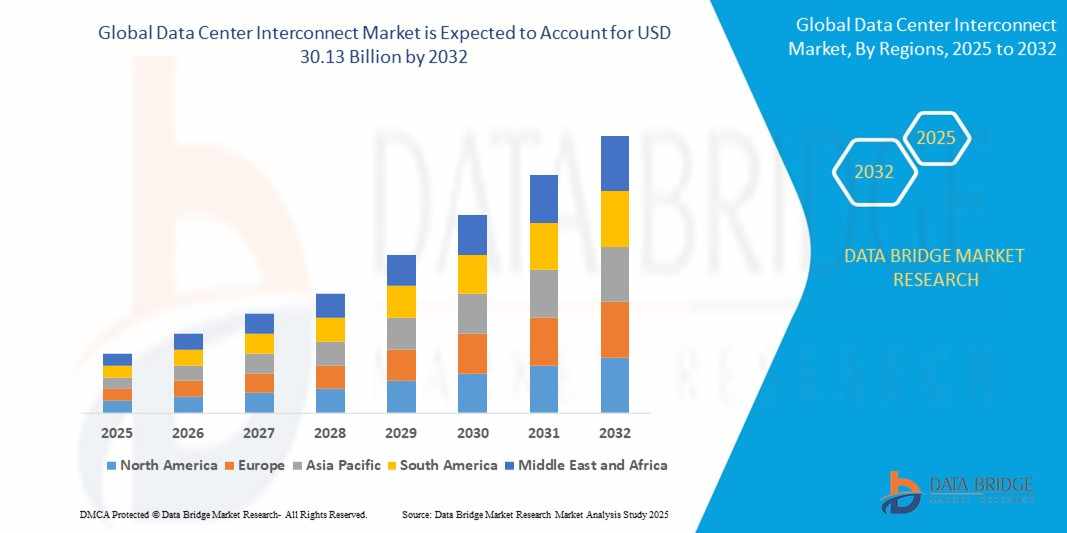
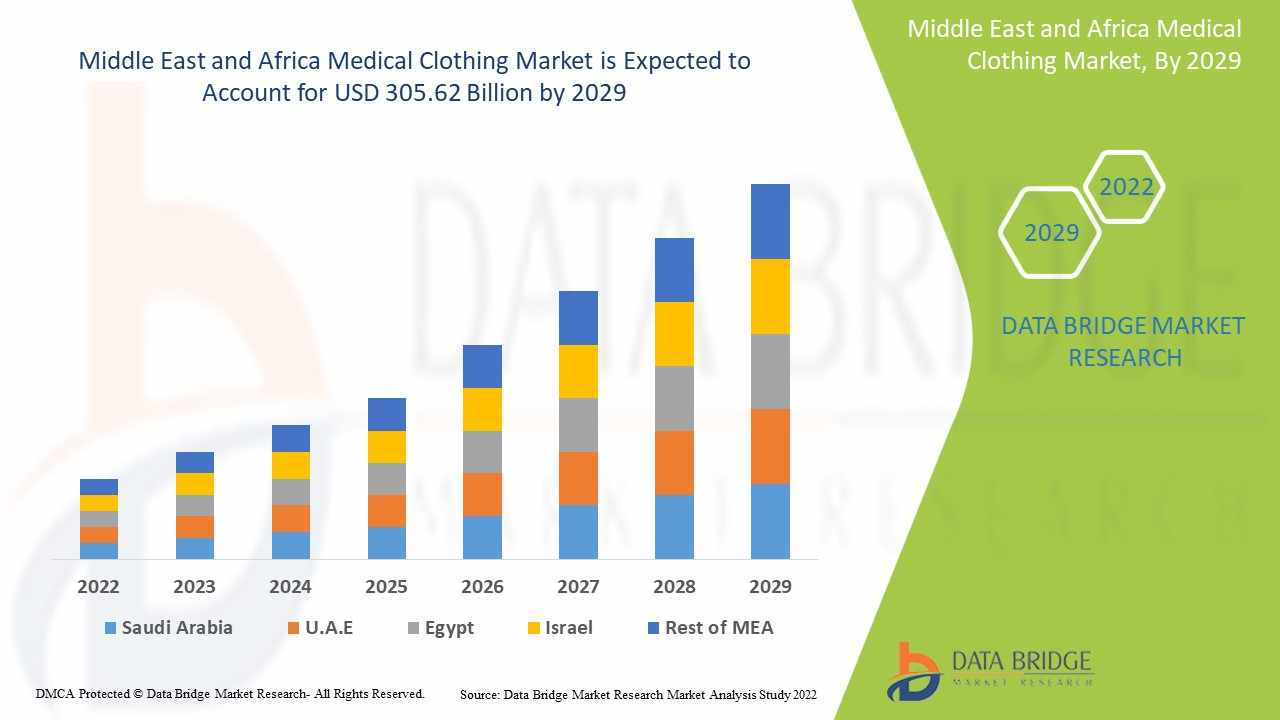

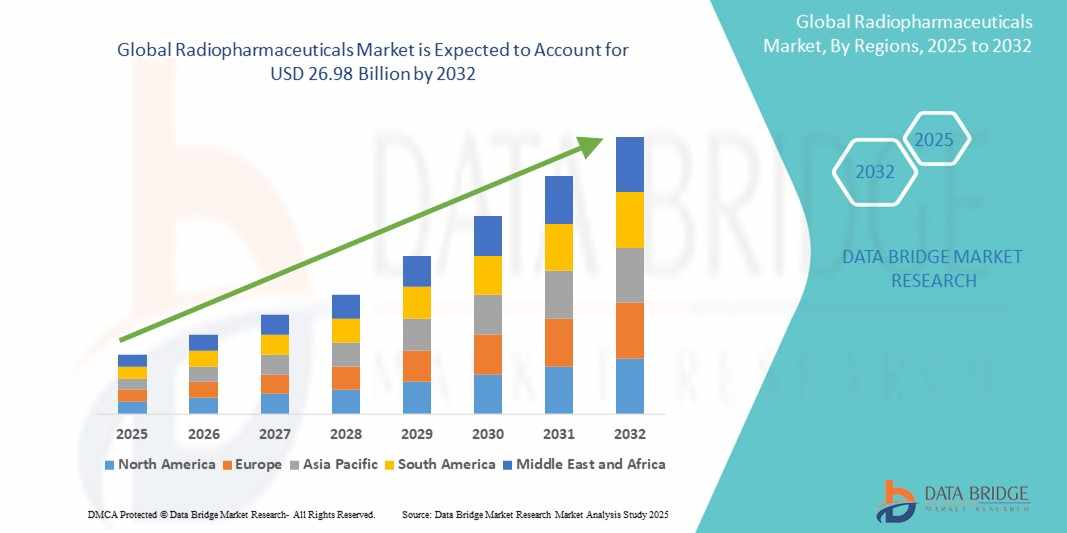
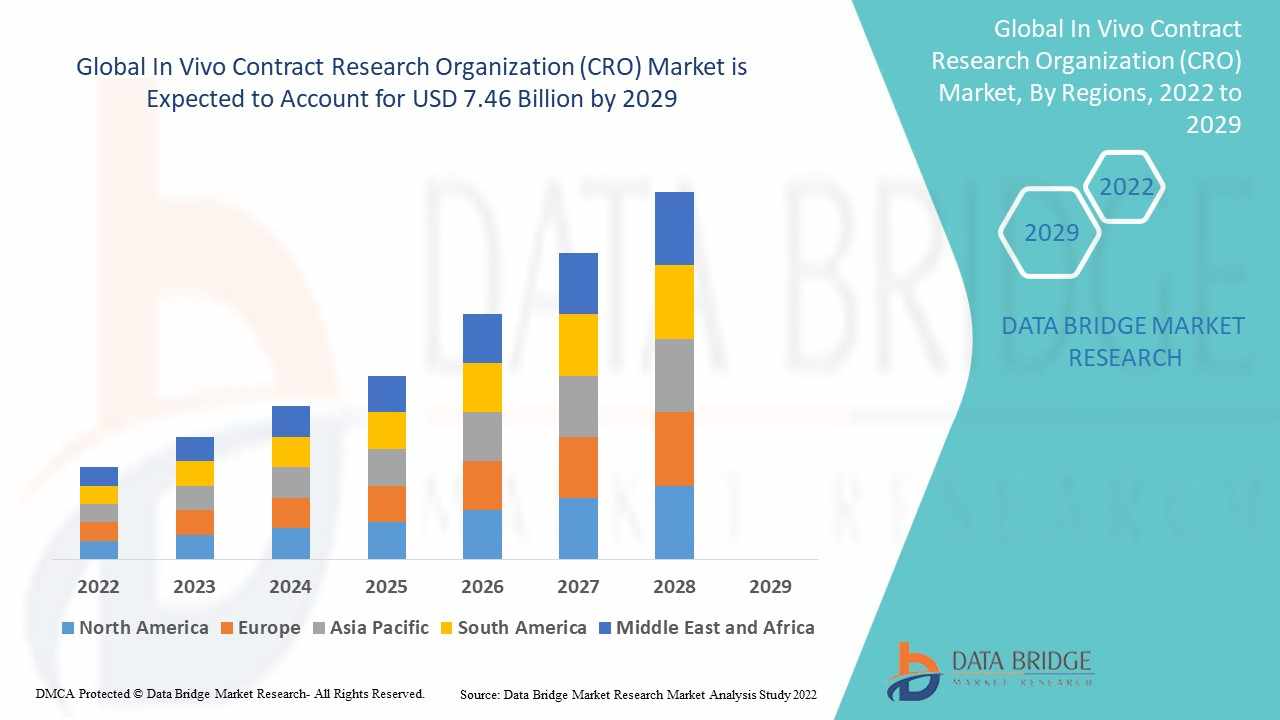


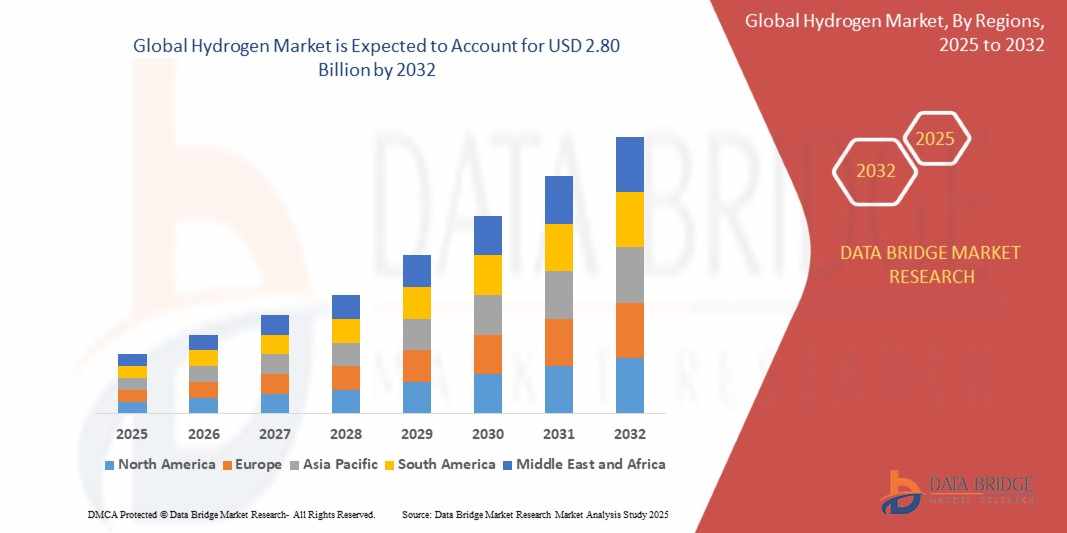
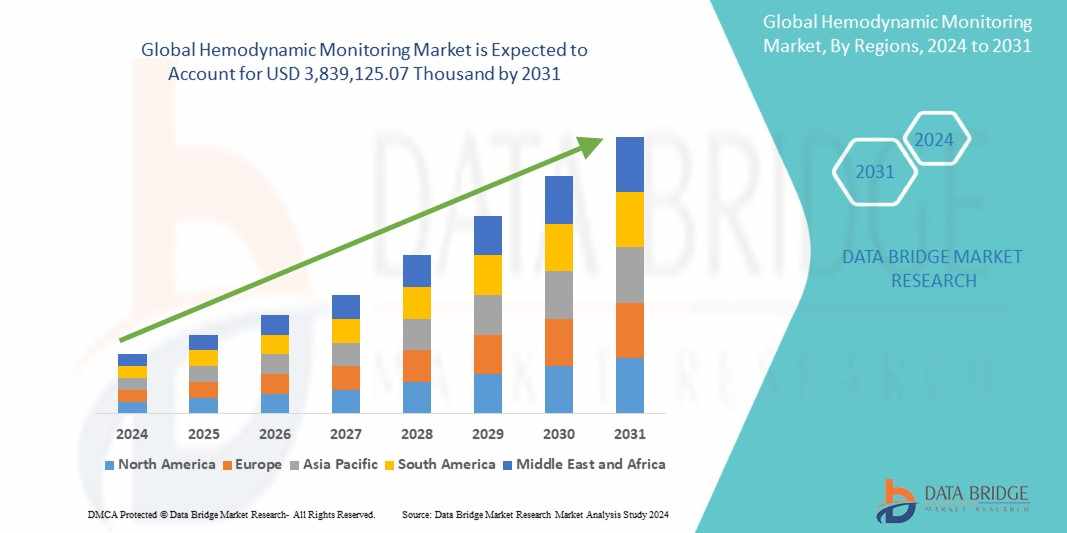









Write a comment ...